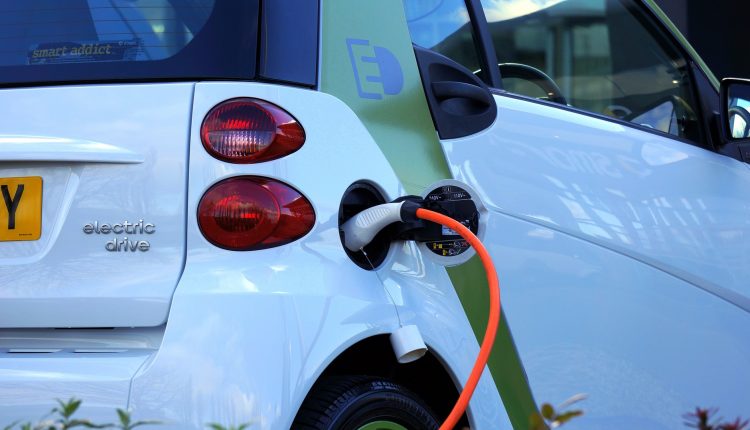What Goes Into Electrifying Traditionally Hydraulic Systems?
The electric vehicle (EV) is here, and with it come a variety of other electronic systems. From fully electric climate control to four-wheel traction control, previously hydraulic, pneumatic and mechanical powered systems are being electrified — including power steering systems.
Here, Ben Smye, Head of Growth at materials search engine Matmatch, has discussed some new material challenges that come with the electrification of the automobile.
The internal combustion engine (ICE) is quite an invention. A few hundred specially designed pieces of metal spring into life, with a little fuel and sparks in the right places.
You’ll find most internal combustion engines in vehicles, with the engine’s high power and operational flexibility meaning it can run everything on and within the car. Electrical power for lighting and ignition, for instance, is generated by an alternator, which is itself belt-driven directly from the engine.
This belt-driven setup is common for climate-control air compressors, engine air-cooling fans and oil pumps. Hydraulic power-assisted steering systems are also powered this way.
Replacing The Heart Of The Car
The biggest feature of the EV is the complete lack of an ICE. This means a new source of power must be found for all the previously belt-driven equipment, especially the power-assisted steering (PAS) system.
PAS systems are relatively simple in operation. They take the motion of the steering wheel and amplify that motion to the wheels. This dramatically reduces the effort required to turn the wheel, particularly for low-speed manoeuvres like parking. In hydraulic PAS systems this operation is achieved through mechanical valves and pistons, while electrical PAS systems use programmed logic and electric motors.
Hydraulic systems come with a few advantages, foremost being their design simplicity. Hydraulics are an extremely well understood technology, which makes troubleshooting hydraulic PAS systems relatively easy. Quite often, if there’s a problem with a hydraulic PAS, somewhere there will be a corresponding hydraulic fluid leak.
In comparison, electronic power-assisted steering (EPAS) systems are electromechanical black-boxes. Instead of the easily understood and plainly laid out hydraulic systems, EPASs rely on real-time telemetry from the on-board engine control unit (ECU). These datapoints are then combined with steering angle, vehicle speed and wheel differential measurements to generate commands for the electric motors that turn the wheels.
Driving By Wire
The increased technological complexity and density allows EPASs to work in ways impossible for mechanical or hydraulic PAS systems. Self-driving vehicles and automatic parking, for instance, can be included or patched into EPAS software — a strict impossibility with hydraulic PASs. EPASs are also considerably lighter than hydraulic PASs, saving fuel, or electricity in the case of EVs.
Lastly, because hydraulic PAS systems are belt-driven from the engine, they’re effectively always powered, even when the PAS is not in use. This constant, parasitic power draw consumes a substantial amount of extra fuel — estimated between three and four per cent of overall fuel consumption. Because EPASs are only powered when working, they can cut this effectively wasted fuel by a factor of 200 times.
Because of the higher complexity in maintaining and diagnosing EPAS systems, the quality of the materials is crucial. Otherwise, in the event of failure, EV mechanics are in for a difficult time discovering the problem, then dismantling the EV to reach the EPAS to repair it, and then rebuilding the EV. This is a weakness in comparison to mechanical PAS systems.
One of Matmatch’s partner suppliers, NGF, has solved that potential weakness. NGF produces high-strength and extremely flexible glass cord, which is used to reinforce the internal drive belts of EPAS systems. With a diameter of 0.2 mm, NGF’s glass cord is ideal for such applications as its extreme flexibility allows it to manoeuvre around a tight pulley system. The glass cord, which spirals around the rubber belt, is also coated in RFL latex for optimum adhesion. The innovative material means that EPAS systems can be installed in an EV with the confidence that they will outlast the expected lifespan of the EV.
With the EV taking over, it’s little surprise that the on-board mechanical devices are following suit. With the right materials in the minds of the right designers, we’ve taken one step closer to the future.

